Sobek – (The Crocodile)
Why did the Egyptians sanctify it – and how they hunted and mummified it?
Sobek, or Sobek, was the crocodile deity in ancient Egypt. His main centre of worship was in Fayoum. In his temples, they raised live crocodiles called Petsukhos, meaning the children of the god Sobek, and they believed that the god Sobek was embodied in them. It is believed that Sobek was originally a fertility deity and had a role in death and burials. In the days of the Middle Kingdom, his worship spread, and he became one of the main deities and became a protector of the ancient Egyptian kings. Then he united in his attributes from the god Ra, and their name together became (Sobek-Ra) and became an image of the god Ra in the form of a crocodile.
The worship of the god Sobek continued for a long time in Egypt until the Ptolemaic and Roman eras, especially in Fayoum and Kom Ombo. In these two places, more mummified mummies of crocodiles were found than anywhere else in Egypt.
In ancient Egypt, the demand for mummified crocodiles was booming at that period, to the extent that thousands of them were probably bred in captivity to be mummified and presented to the gods.
And a study by researchers at the Museum of Lyon in France found evidence confirming that these crocodiles were being hunted for mummification after they saw during a “virtual” autopsy of the remains of a crocodile mummy, unexpectedly, a skull fracture.
The ancient Egyptians performed mummification operations on humans and millions of dogs, cats, foxes, deer, baboons, monkeys, horses, lions, goats and even shrews, and there is at the Science Museum in Lyon, France, where the study was conducted about 2500 mummies belonging to animals.
There are an estimated 10,000 mummies of birds that were buried annually in the animal cemetery.
And the mummy trade was flourishing in the centuries that preceded the control of the Romans and during that era.
The mummy of animals was produced in huge quantities to present them to the gods, many of which are related to specific animals. The mummy of falcons is associated with Horus, the mummy of cats is associated with Bastet, the mummy of dogs is associated with Anubis, and the mummy of an ibis is associated with Thoth. It was reported that there are animal husbandry facilities and private embalming houses and priests, where the mummy is buried underground in the catacombs with sections for different animals.
The Greek historian Herodotus had reported that crocodiles were so revered that they were tamed and decorated with jewels. And thousands of mummies were found in the crocodile cemetery in Umm al-Braijat in the years 1899 and 1900, and gold and ivory teeth and eyes were added after mummification. The goddess was the crocodile Sobek, always depicted with the head of a crocodile and a human body, and he was associated with fertility and the Nile River.
In the mummy of a crocodile in a British museum, a cow’s foot was found, which suggested the possibility that there were facilities for crocodile breeding and breeding.
The latest studies have shown new evidence suggesting that it may be hunted for mummification. An advanced survey technique was used on a three-and-a-half-foot crocodile found in the ancient city of Kom Ombo in Aswan Governorate on the Nile River, the site of a massive temple to Sobek and a modern museum of crocodile mummies.
The scanning process made it possible to remove the linen rolls and animal skin, where the skeleton of the crocodile and its internal organs were seen. It was found that the crocodile’s body was well preserved without any trace of erosion. As is usual with animal mummy, its guts were not removed during mummification, and its stomach contained wild crocodile food, insects, rodents, fish and eggs.
The mummification process was done very quickly after death. The important discovery was the injury to the animal’s skull, which was smashed in several places, which indicates that it received a violent blow to the head, caused by a single blow, perhaps with a wooden stick directed on the right side of the crocodile, perhaps while it was Resting on the floor, a skull fracture was filled during mummification.
Sobek – (The Crocodile)
July 26, 2021
0 comment
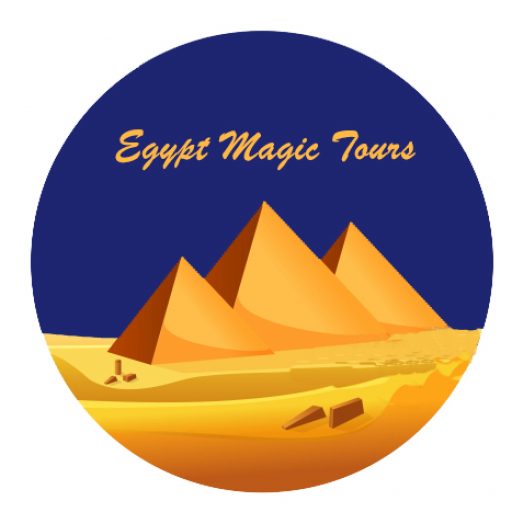
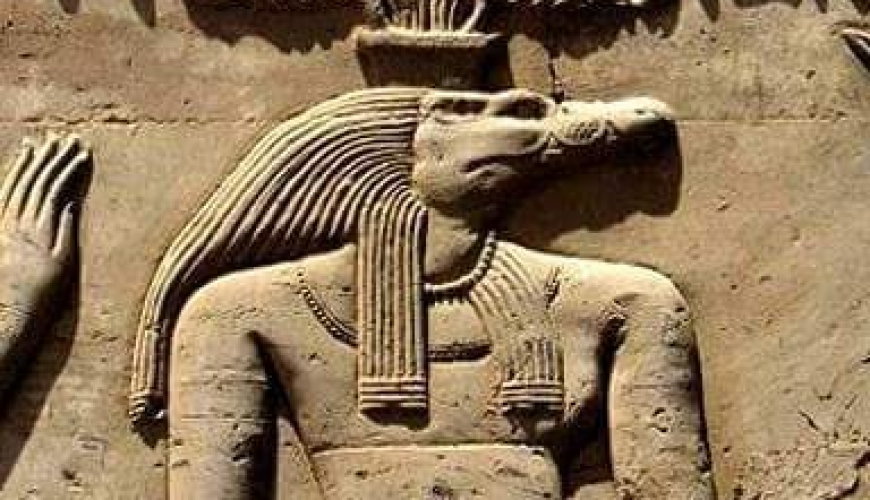

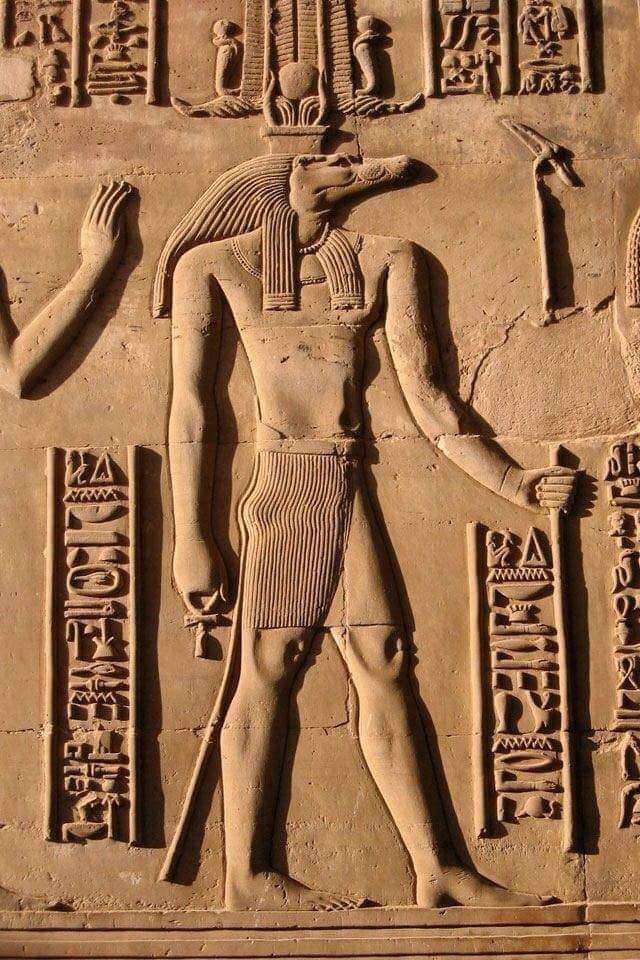

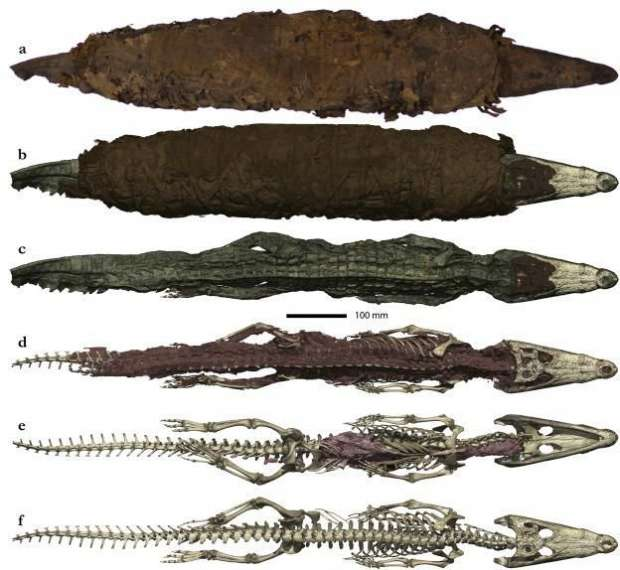
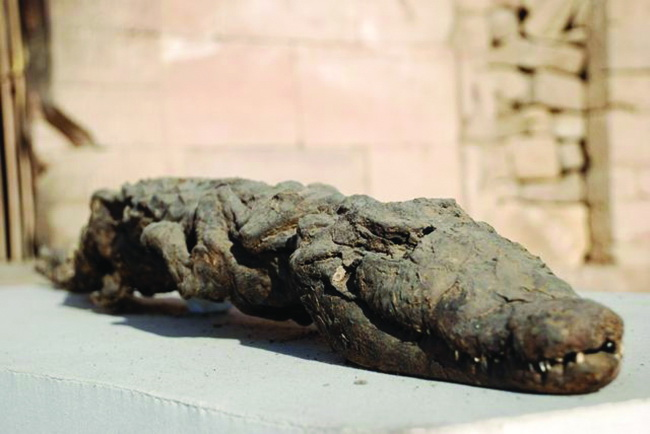
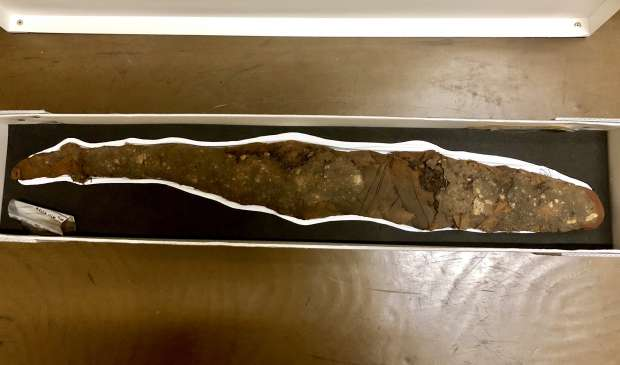
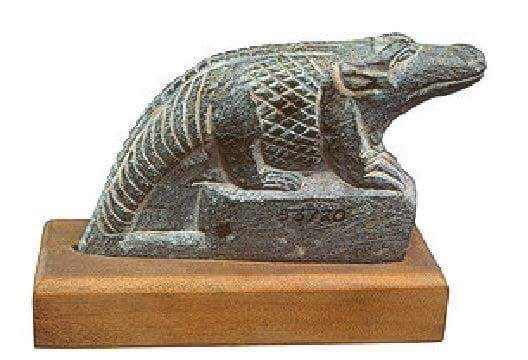

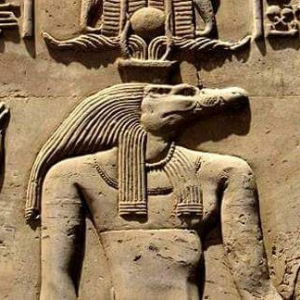


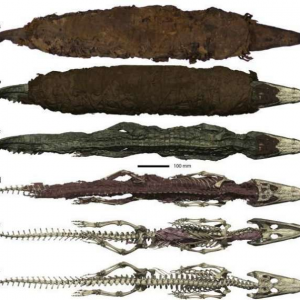


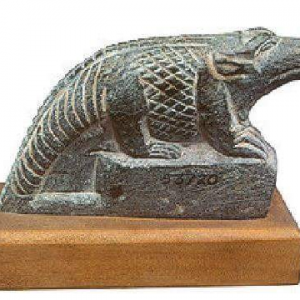
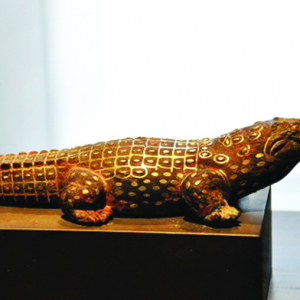
Comment (0)